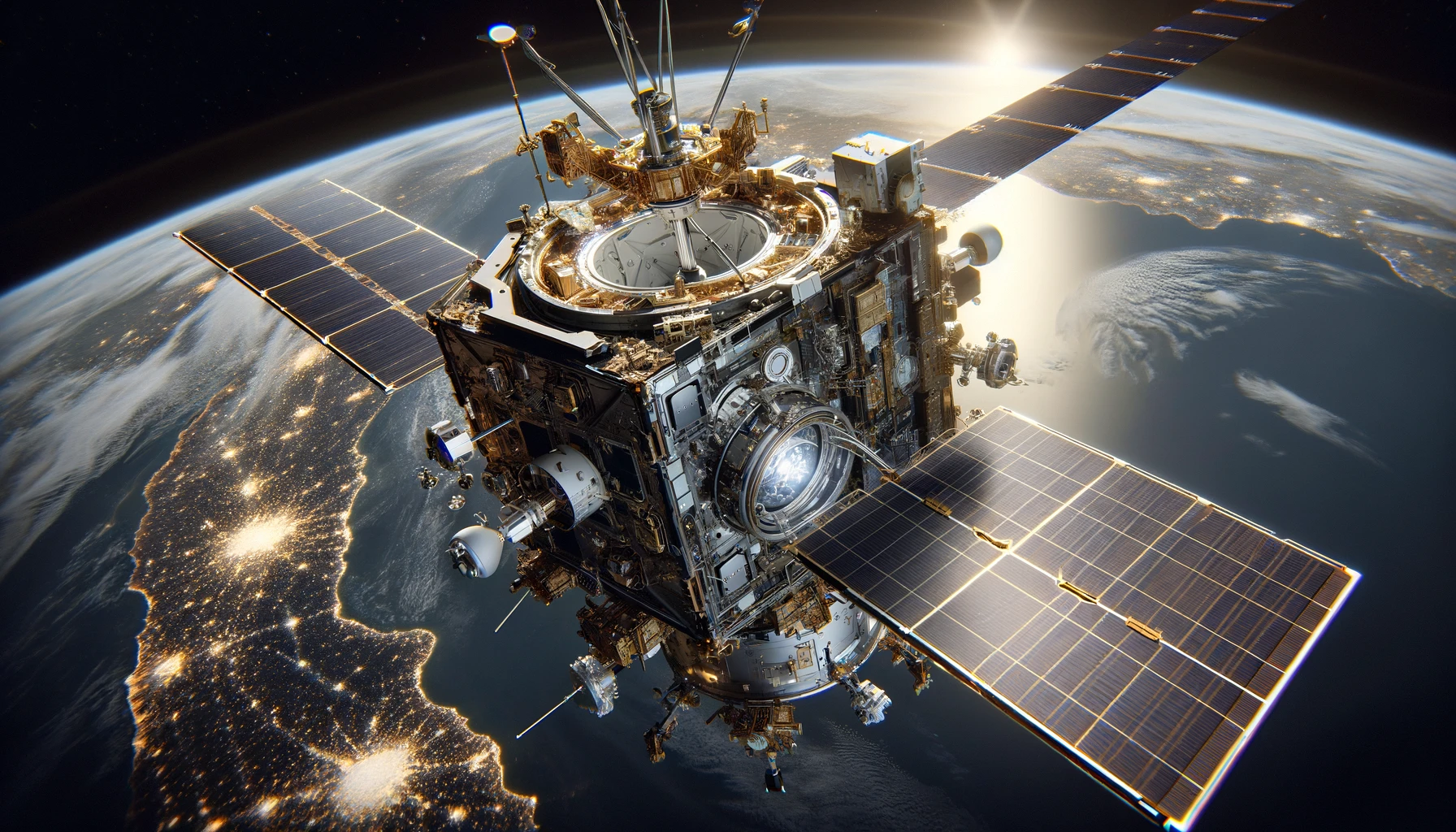NASA and the European Space Agency (ESA) have reinforced their longstanding collaboration by signing a new agreement to advance the ExoMars Rosalind Franklin rover mission. This initiative signifies a notable step toward the search for ancient Martian life, underscoring the importance of international partnerships in space exploration. The rover, set to launch in 2028, aims to drill deep below Mars’ surface to unearth well-preserved ice samples, furthering our understanding of the planet‘s history and potential for life.
Comparing recent developments to past missions, the renewed focus on deep drilling and ice sample collection marks a significant technological advancement. Previous Mars missions, such as the Mars Science Laboratory Curiosity rover, primarily analyzed surface materials. In contrast, the Rosalind Franklin rover’s capability to drill up to 6.5 feet beneath the surface represents a leap in our ability to access and study subsurface materials, likely shielded from harsh surface conditions. This enhancement could yield unprecedented insights into Mars’ past environment and its capacity to support life.
Additionally, the collaboration highlights a continued evolution of international cooperation in space exploration. Earlier joint missions like the Mars Express and ESA’s Trace Gas Orbiter laid the groundwork for these advanced collaborative efforts. The new agreement not only builds on the successes of these past missions but also leverages cutting-edge technology and shared expertise. This strategic partnership aims to push the boundaries of our knowledge and capabilities, solidifying the importance of global teamwork in the pursuit of space exploration.
Joint Efforts and Technological Support
Under the memorandum of understanding, NASA will procure a U.S. commercial launch provider for the mission and supply essential components, such as heater units and elements of the propulsion system. These contributions are critical for the rover’s successful landing and operation on Mars. The rover’s unique drill, designed to reach depths of up to 6.5 feet, will collect ice samples shielded from surface radiation and extreme temperatures, offering new possibilities for scientific discovery.
Scientific Value and Partnership
Nicola Fox, NASA’s Associate Administrator for the Science Mission Directorate, emphasized the mission’s scientific significance in the search for evidence of past life on Mars. The partnership between NASA and ESA exemplifies ongoing international efforts to explore the unknown. Supporting instruments and components, developed through collaboration with the German Aerospace Center (DLR) and the French space agency CNES, will enhance the rover’s primary scientific instrument, the Mars Organic Molecule Analyzer.
Concrete Insights for Readers
- NASA will ensure a U.S. commercial launch provider for the mission.
- The rover’s drill can reach depths up to 6.5 feet, crucial for studying subsurface samples.
- Partnerships with European agencies enhance the mission’s scientific capabilities.
The Rosalind Franklin rover mission aligns with the broader Mars Sample Return campaign, marked by the joint efforts of NASA and ESA. This collaboration emphasizes the importance of shared resources and expertise in tackling complex scientific objectives. The integration of advanced technologies and instruments from various international partners underscores the mission’s potential to yield groundbreaking discoveries.
This agreement propels the search for ancient life on Mars by leveraging unique drilling capabilities and sophisticated scientific instruments. The collaboration is a testament to the strength of international partnerships in achieving ambitious goals in space exploration. By combining efforts and resources, NASA and ESA are poised to make significant strides in uncovering Mars’ secrets, contributing to a deeper understanding of our solar system.










